Landing in Vienna after a flight from Oslo on Monday afternoon, the Danube slinking by at sunrise, felt like the perfect prelude to a busy week ahead. Tired but excited, I checked into the hotel near PwC Austria’s HQ in Donauinsel at around 19:30 and went out to explore the city center. Had a late solo dinner and joined a dance crowd downtown getting to know the locals (can never miss the opportunity to dance with a crowd). By 23:00 – I was all smiles, clinking glasses before heading home and little did I know the tech buzz and new friends that awaited me in the coming days.

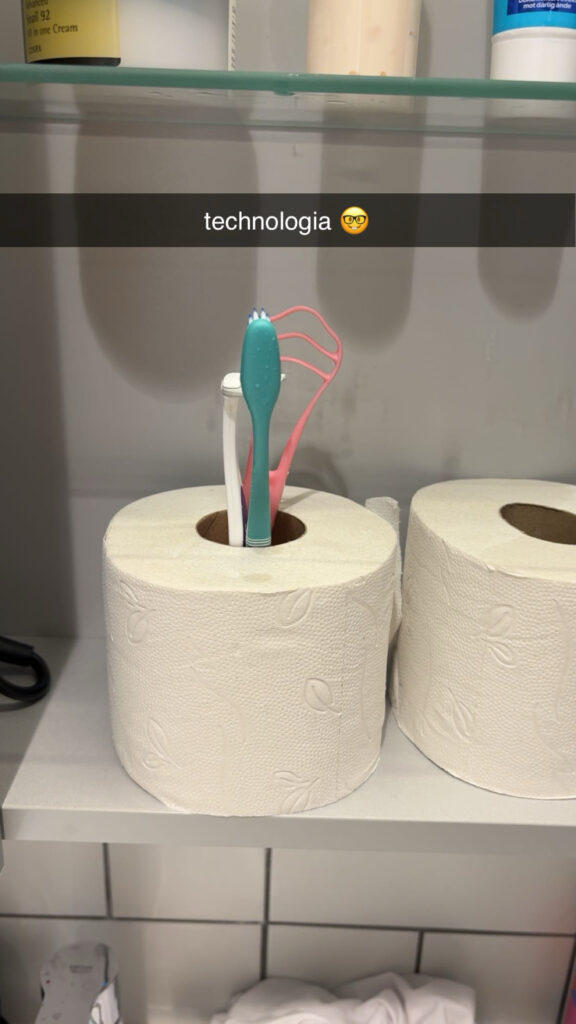
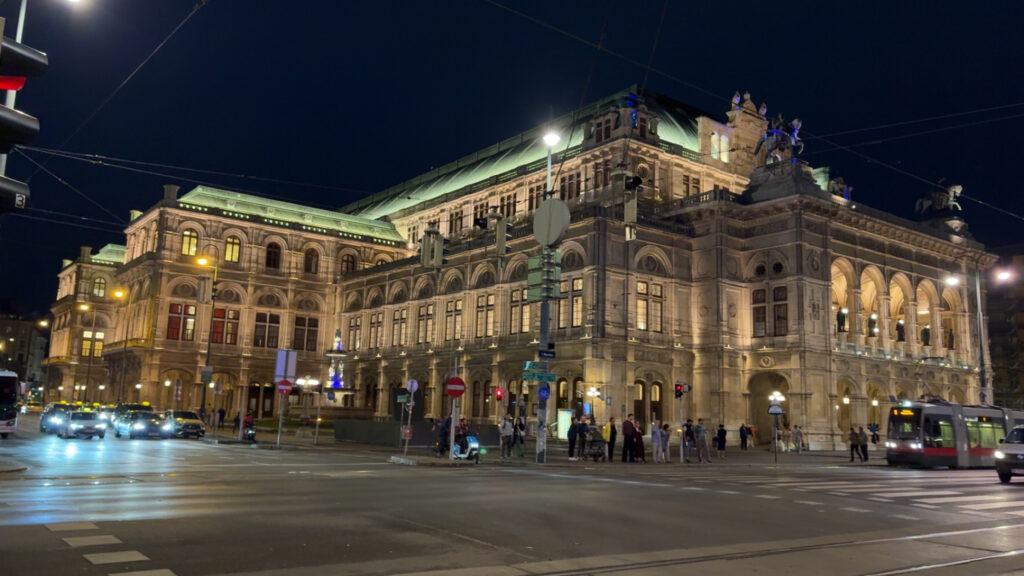
Day 1 – Opening keynotes and “Agentland”
Tuesday morning’s keynote opened the conference with a bang. Microsoft’s message was loud and clear: the future of Power Platform is built around AI agents. Copilot Studio and multi-agent orchestration were repeatedly highlighted – the idea is that agents can now “delegate tasks to one another” and work in concert across Power Apps, Dynamics 365, Fabric, and even Windows apps. I scribbled notes about how one agent might pull CRM data, hand it off to another to draft a report, and then trigger a third to schedule follow-ups – all in a seamless chain. In short, Microsoft is pushing agentic AI hard: Copilot Studio now supports multi-agent systems so complex business workflows can be automated end-to-end – iterating the start of their new product vision for Power Platform.
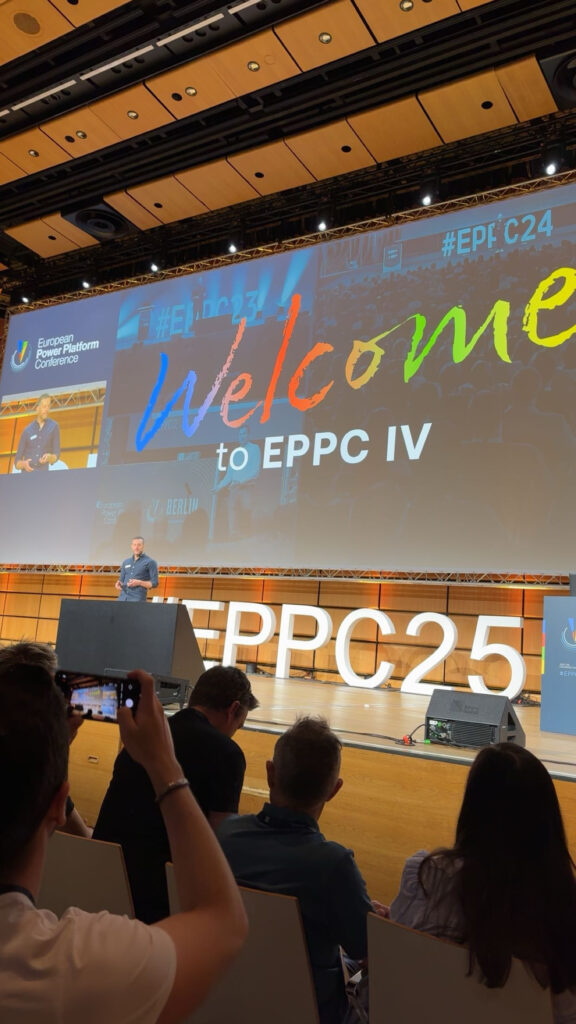
The keynotes also stressed how Dataverse is now the operational backbone for this new agent platform. As one speaker put it, Dataverse “provides the platform for organizations to store, manage, and orchestrate business and operational data across your agent ecosystem”. In practice that means your Power Platform environment (yes, Dataverse tables included) will be where agents find their data and context. We heard about new “prompt columns” that let tables generate AI-driven content on the fly, and how Model Context Protocol (MCP) – now generally available – lets Copilot Studio agents query enterprise data in Dataverse as if it were a knowledge database. Essentially, Microsoft is weaving Power Fx, Dataverse and AI together to turn Power Platform into an “Agent Platform” (a sentiment echoed by others in the community). As we learned, grounding each agent’s knowledge in clear, bounded data (via Dataverse/MCP) is crucial for reliable answers.
Oh, and I also exchanged contact with some new friends that I hung with during and after the conference-week from Switzerland, Germany, India, Denmark, Sweden, Poland and Austria! ❤️
Dive Deep: Copilot Studio, Low-Code & Pro-Code
After the kickoff keynotes, I hurried into breakout rooms as it started right after a short 30 min. break. T06 (“Techniques for Autonomous Agents in Copilot Studio”) was all about writing better prompts for agents – step-by-step instructions, toggling reasoning modes, etc. The presenter noted agent actions “succeed about 90% of the time” and that common failure points include file generation and deep reasoning issues. It was humbling to hear that even at the Microsoft sessions agents only hit ~90% reliability when parameters are right. The key takeaway: be explicit with agents and don’t overload prompts with unnecessary detail. IMO, a percentage not impressing many because of the remaining unreliable 10%.
I then rushed to T13, “When Low-Code Meets Pro-Code”. This session was a goldmine for the maker nerd in me. It showed how Copilot Studio (low-code) can be extended with pro-code tricks – APIs, custom connectors, even the new Microsoft 365 Agents SDK. They demoed a “Systemic Helper” agent that switched TV channels via MCP, but surprise – the demo failed spectacularly in front of us (cue laughter). That failure actually underscored the importance of putting guardrails on agents and handling their errors gracefully. We heard about using Azure API Management as a middleware so Power Platform isn’t directly exposing raw systems, and about treating MCP settings like a first-class citizen in your designs. In short, this session hammered home that custom pro-dev work (APIs, SDKs, etc.) is now a key part of advanced Power Platform solutions.
Next up: T19, “There’s No Time Like The Present – Real Time and Low Latency Data in Power BI” – Which was my favourite of the day, even though Power BI/Fabric wasn’t my specialty or primary field of service! The slides dove into Fabric’s Direct Lake and event streams (Event Hubs + Stream Analytics) powering up-to-the-second dashboards. It turns out that with a Premium/Fabric license you can even enable automatic “refresh on change” and build live KQL queries for monitoring. Not as flashy as AI agents, but a solid reminder that data is catching up to AI: everything’s real-time now, provided you pay for it’s licenses. 🫡
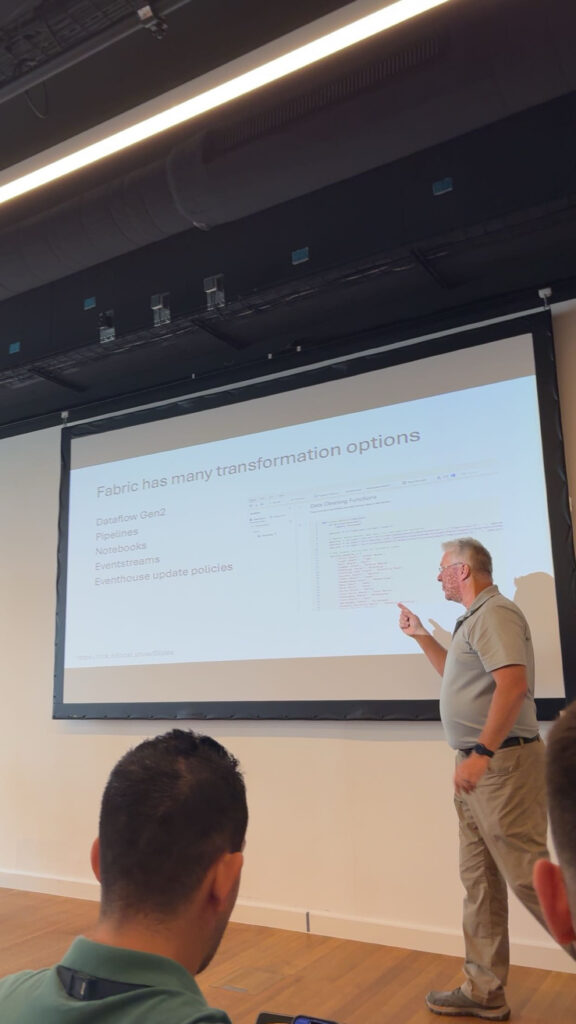
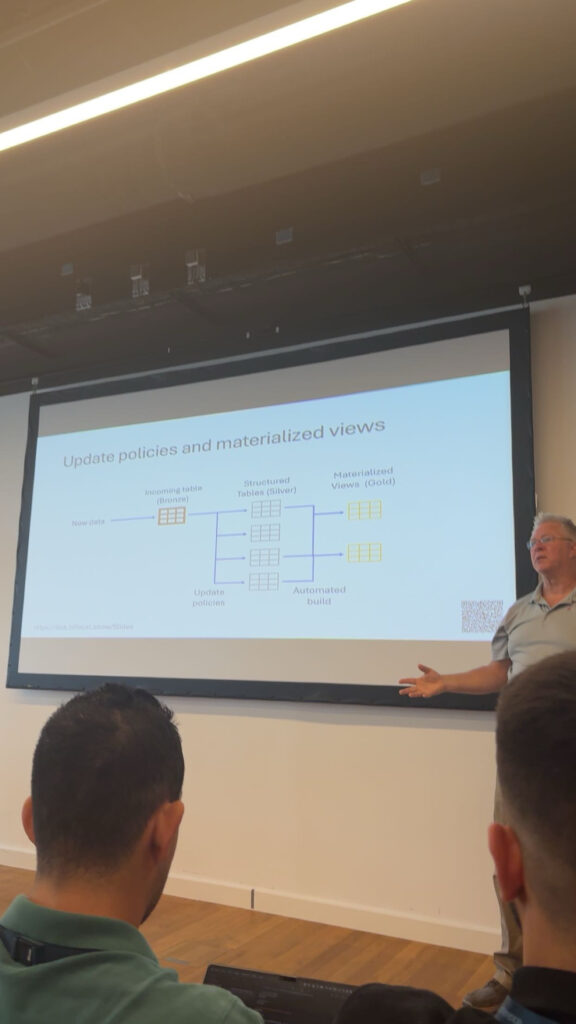
After the last session, I bumped into a few familiar faces I hadn’t talked to in ages – one of those “Wow, we met at Automation Summit in London years ago” moments – and ended up chatting in the hallway until the venue was nearly empty. By then, the energy crash hit, so I made a tactical retreat to the hotel for a quick power nap before heading out (which somehow turned into 90 minutes).
Revived and mildly disoriented, I decided to scout the city center for a bit, partly to see what the nightlife scene looked like and partly to convince myself I’d have the stamina for it later. Vienna was buzzing – live music spilling from one corner café, a busker doing questionable covers in Stephansplatz, people sipping Grüner Veltliner at sidewalk tables – and I eventually linked up with my colleagues for dinner at MAMA KRAFT downtown. Think good steaks, cold beer, good company and the sort of loud-but-friendly atmosphere that makes you forget you’ve been listening about AI agents for the entire day.
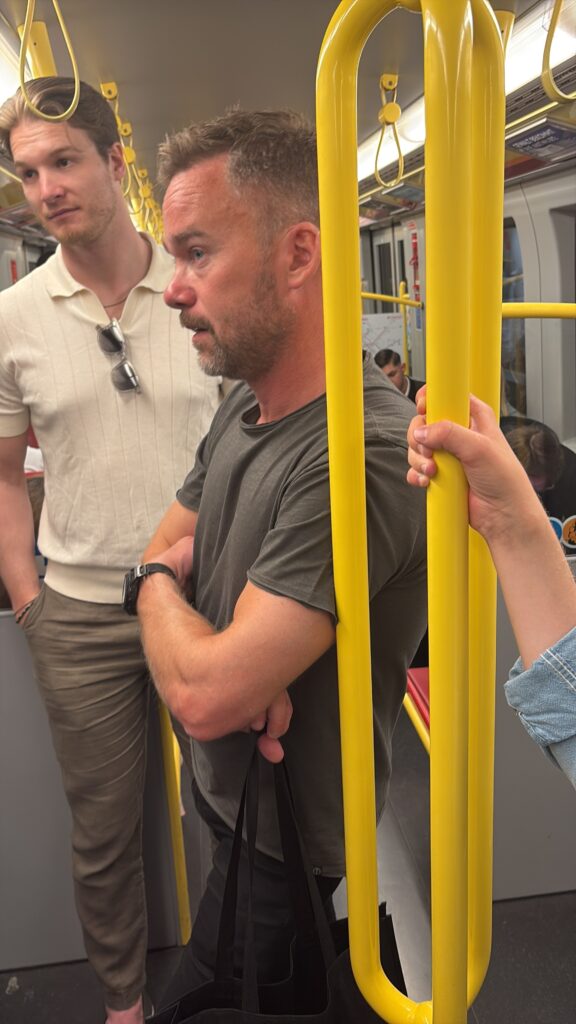
Just as we were leaving to pay, I got a ping from Sara Lagerquist inviting us to a rooftop gathering with other event participants. An hour later, I was looking out over Vienna’s from the rooftop, drink in hand, while the warm June breeze moved through the crowd, catching up with Sara, Jakub and Mats. In one corner, someone was debating how the future of AI-integration in Enterprise scenario would be used in practice; in another, a couple of folks were reminiscing what they did together for their first speaker-sessions over a beer. It was one of those “this is why conferences are worth it” moments – swapping stories, trading session notes, meeting new friends, exploring local cultures together and just soaking in the view as the city lights flickered through the air.
Day 2: Governance and Integration
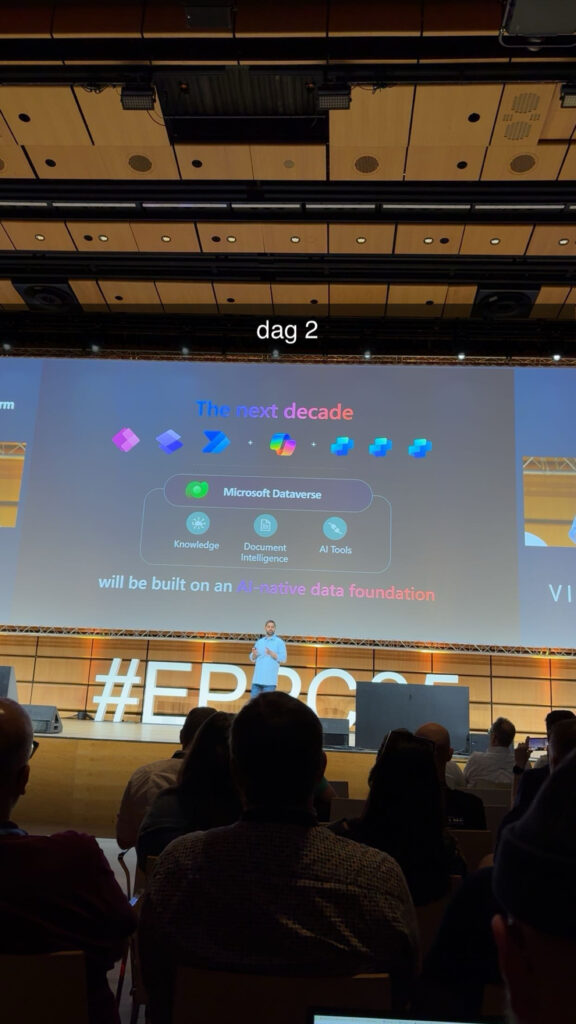
Wednesday morning started slowly and I met up with my colleagues for an initial coffee cup before the first keynote of the day (I was definitely “charging up” after the night before). W08, “Enterprise Scale: The Future of Power Platform Governance, Security, Operations, and Availability” covered Power Platform governance features – with slide decks titled (“Herding Cats, Dodging AI”) but serious content. The new Power Platform Admin Center (PPAC) is replacing parts of the old CoE-Starter kit, with Copilot and License hubs, etc. They also outlined three governance zones: safe DIY for citizen devs, a collaboration zone for teams, and an IT-managed zone for critical apps. In practice that means having dedicated environments in each category and automating as much as possible (even PPAC can now let you automatically manage guest access with Power Automate and PowerShell). We appreciated real discussion about shadow IT and how to guide adoption without going full Big Brother. What I loved about this session was the time spent for QnA throughout the whole session.
After lunch it was W10, “Integrating Power Platform with Complex Enterprise IT (Without Losing Your Mind)” – basically using Azure API Management (APIM) as a secure bridge to legacy or external systems. The example demoed using an APIM-backed Azure Table (which already has a REST interface) so data could stream into Dataverse without duplicating it. The rule of thumb: let APIM be your doorway, use virtual tables, and enforce policies (validation, security, etc.) at the API layer. It was comforting to see a practical approach – they even joked it was about keeping your sanity in a spaghetti IT world.
The duo also delved into building Solutions Using Azure AI and Copilot Studio Introduction to AI agents and compared Copilot Studio vs. Azure AI Foundry (they share engine, but Foundry is more flexible for chain-of-commands, private data, etc.). We saw cool demos: an agent using a streaming TV channel list (via MCP calls to Dataverse) and another being built in AI Foundry’s UI (nearly identical to Copilot’s UI) to bridge beyond Power Platform. The big lesson? Ground your agents’ knowledge. They showed how grounding prompts in Dataverse data (instead of vague internet-trained models) dramatically improved trustworthiness of answers.
By Wednesday afternoon it was time for some well-earned downtime. I hit up with my new friend Young from Switzerland that I got to know to schedule a meetup for the rest of the afternoon/evening. I retired for a quick rest at the hotel room – this time without any nap, freshened up, and then together hit Vienna’s centrum combined with some shopping and sightseeing.
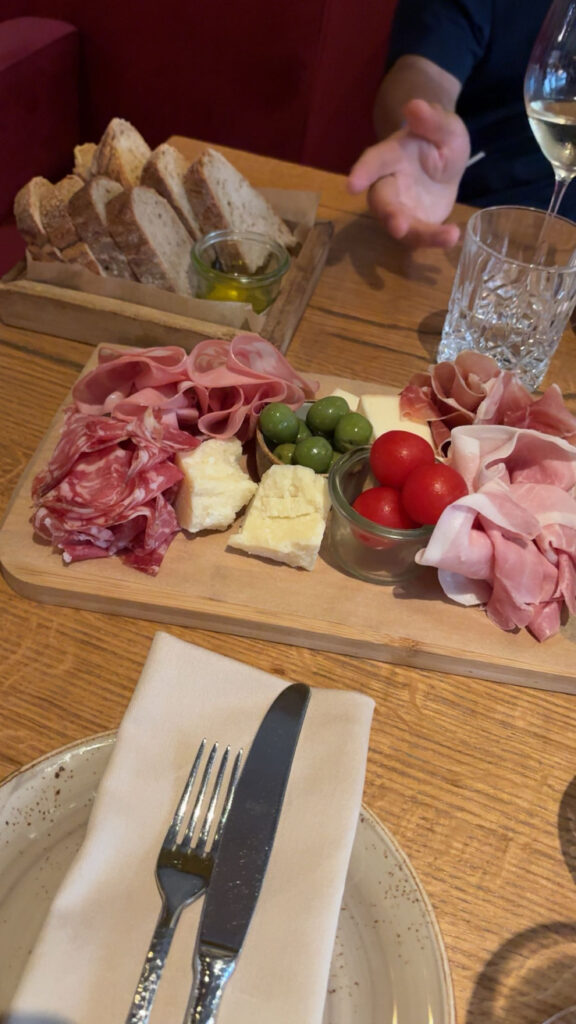
Come close to evening, conference attire gave way to casual, and we reconvened at a bustling outdoor beisl – though we eventually migrated indoors to a cozy basement wine shop (where we snapped this pic). The white wines flowed together with the delicious tapas we’ve ordered. After the great start of the evening, we headed to the conference’s main afterparty… and that’s when things escalated (for the better). The live-music, atmosphere and the conversations we had were great, and before long we were dancing like we hadn’t spent the last 48 hours sitting in sessions. By the night, I already became sweaty and had an absolute blast – punctuated by people overcrowding the dance floor over the bassline – everyone I knew was dancing with drinks “steady” in their hands. Somewhere in there, I catched up with some old colleagues, fellow volunteers from previous conferences, known customers, industry competitors and some new friends! By the time we stumbled back to the bus back home, we were just grateful to have survived two full days of tech overload and a murder on the dancefloor… and to still have a body that worked for the morning after.
Day 3 (Final day): Pipelines and Pro-Code:
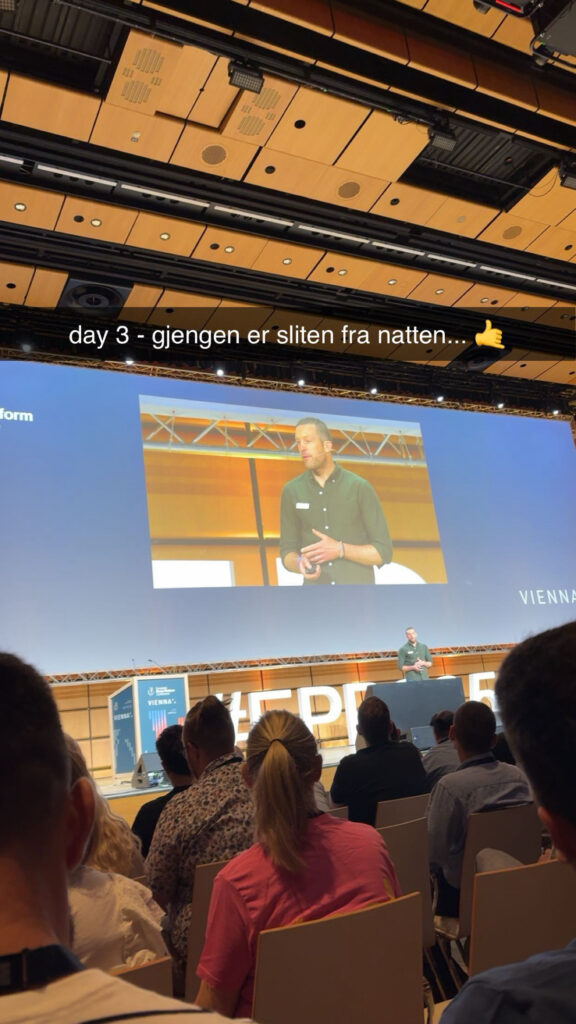
Thursday started with TH04, “Building a Perfect Pipeline”. The message: Power Platform’s native Pipelines (and integration with GitHub/Azure DevOps) are here to make deployment low-code-friendly. The speaker demoed linking a canvas app to Azure Repos and using built-in pipeline profiles for dev→prod. In practice it felt pretty straightforward: use the PP pipeline button in the app to jump between environments, and let Git keep track in the backend. The spin: even citizen developers can get a taste of DevOps without learning YAML.
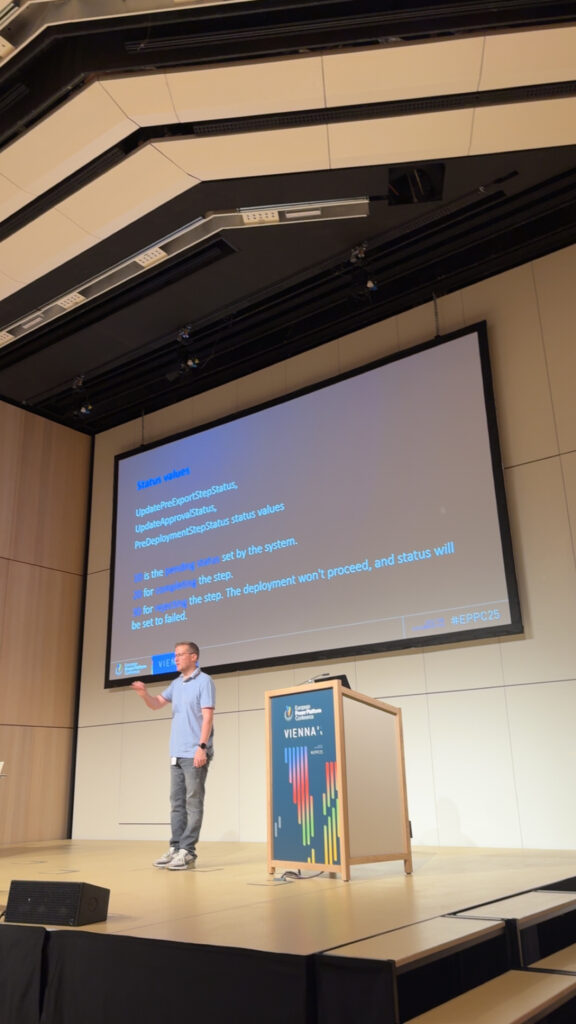
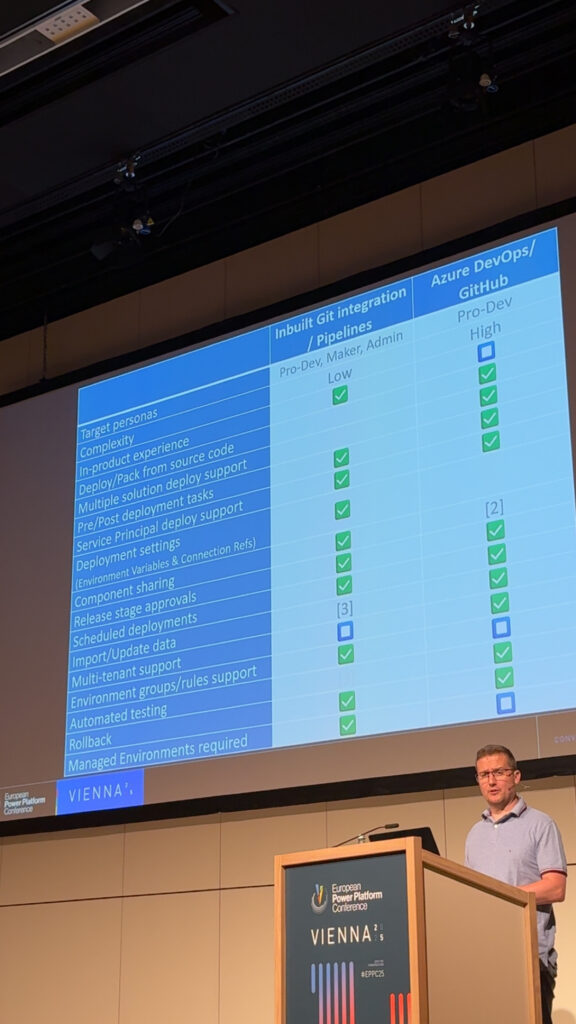
After a lunch break, me and my colleagues made it to TH15, “Customize and Extend the In-App AI Agents”. This one was about taking the new Copilot chat in Power Apps and making it your own: custom AI summaries, adding PCF controls, using the agent API to feed it special data. It was pretty deep – basically showing off how far in-app Copilot can be extended if you’re willing to code. By the end of it, I was running on fumes and mostly nodding along.
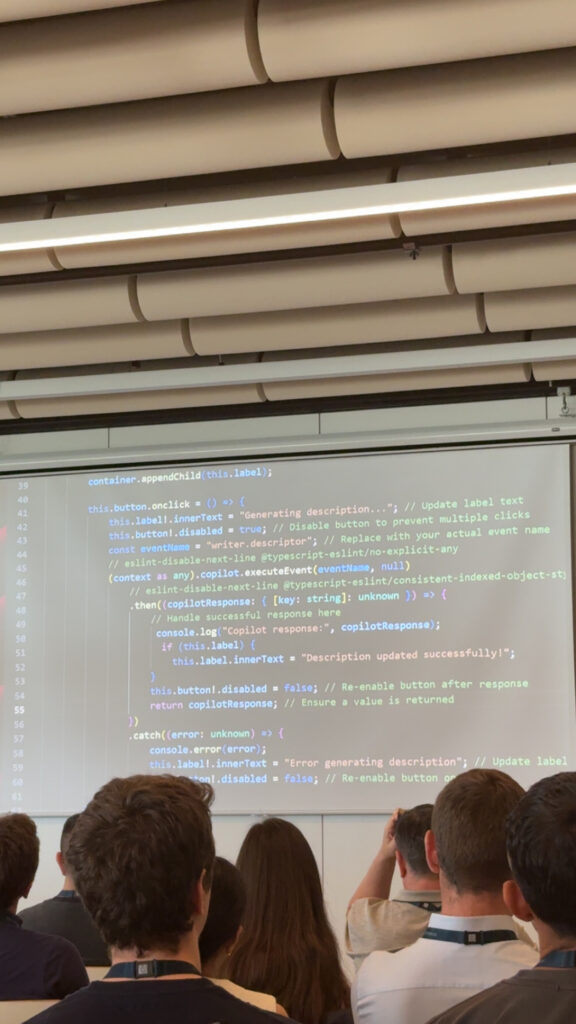
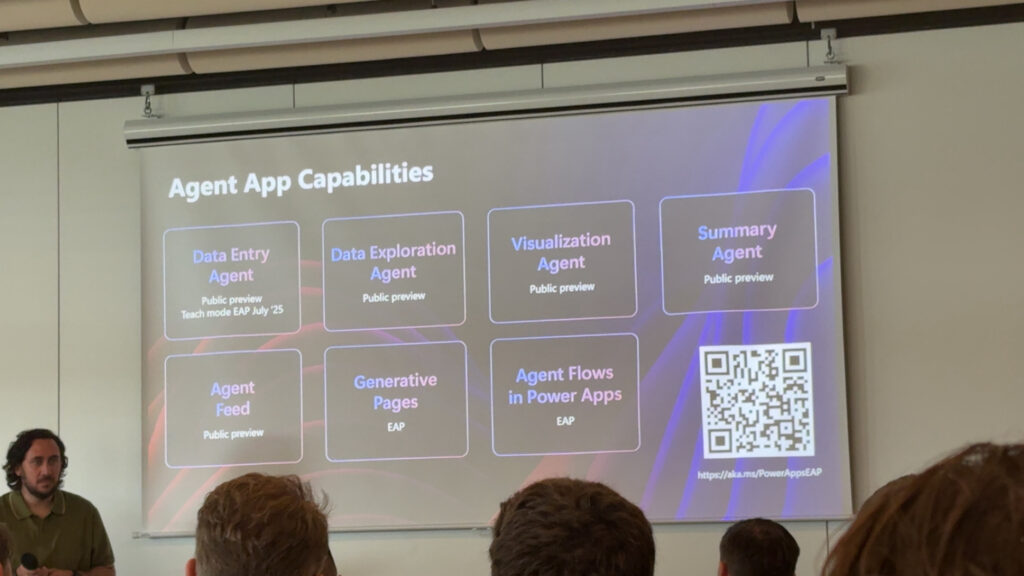
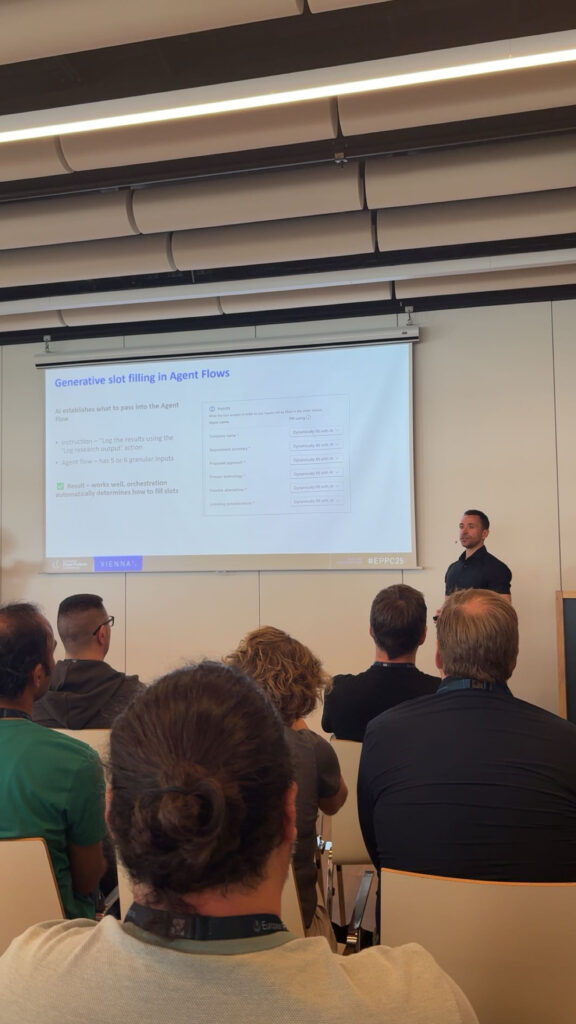
By 15:00 we were all done, and many of us admitted we almost dozed off during the closing remarks. We shuffled out tired, but proud to have made it through. Vienna had delivered on the promise of seeing the Power Platform community and getting inspired.
After all the AI talk, the real takeaway was that Power Platform is morphing into an “Agent Platform”. It’s not just about low-code apps anymore, but about orchestrating AI assistants that tie everything together with pro-code and Azure services. I trudged back, weary and “sliten og svett” (tired and sweaty in true Norwegian), but excited for what I’ve soaked in and at the same time looking forward to hang out another weekend with some new friends in Vienna!
Key Takeaways & Trends
Looking back, a few clear trends emerged:
- Agent-first architecture: Every MS session (and many community talks) hammered that this was a week of agents. Copilot Studio’s multi-agent features are now on everyone’s list. We saw that designing solutions today means thinking in terms of autonomous “helper” agents, not just UIs.
- Data and AI alignment: Dataverse’s role as the “single source of truth” for agents was emphasized everywhere. Features like prompt columns and MCP mean that data, AI, and automation are finally converging. If your agent ever needs facts, they’re coming from a Dataverse table or API, not just the wild internet.
- Low-code transitions to pro-code: Sessions like T13 and TH15 showed that savvy makers will be mixing in real code – SDKs, API Management, custom controls – to push Copilot beyond the basics. The conference itself demonstrated that you don’t have to be a full-stack dev, but pro-dev tools are no longer optional if you want cutting-edge solutions.
- Governance and pipelines features in PPAC growing: It wasn’t all hype. Talks on governance (W08) and DevOps (TH04) reminded us that sanity is important. In short: set up proper environment zones, automate admin tasks with PPAC’s new hub features, and use the built-in pipeline to manage releases. It’s low-glamour stuff, but key for scale.
- From UI-First vision to API-First: Copilot Studio’s multi-agent orchestration depends on clean, discoverable APIs rather than manual UI actions. SDKs, custom connectors, and Azure API Management are now core building blocks, even for solutions starting in low-code tools. This holds especially true now that Microsoft has embraced the MCP-protocol, which standardizes how AI-agents access and interpret enterprise data for structured, context-aware responses.
All in all, EPPC 2025 felt like a perfect snapshot of where Power Platform is headed – and a reminder that, in this space, the pace never slows. We came away inspired, a bit hungover, and ready to get more technical and build something smarter with Power Platform. But most importantly, I want to emphasize on the keyword Community, as I now have made many more friends from around the world! ❤️
For next year’s event, it will definitely be easier for me when it comes to traveling. I hope to see you there!
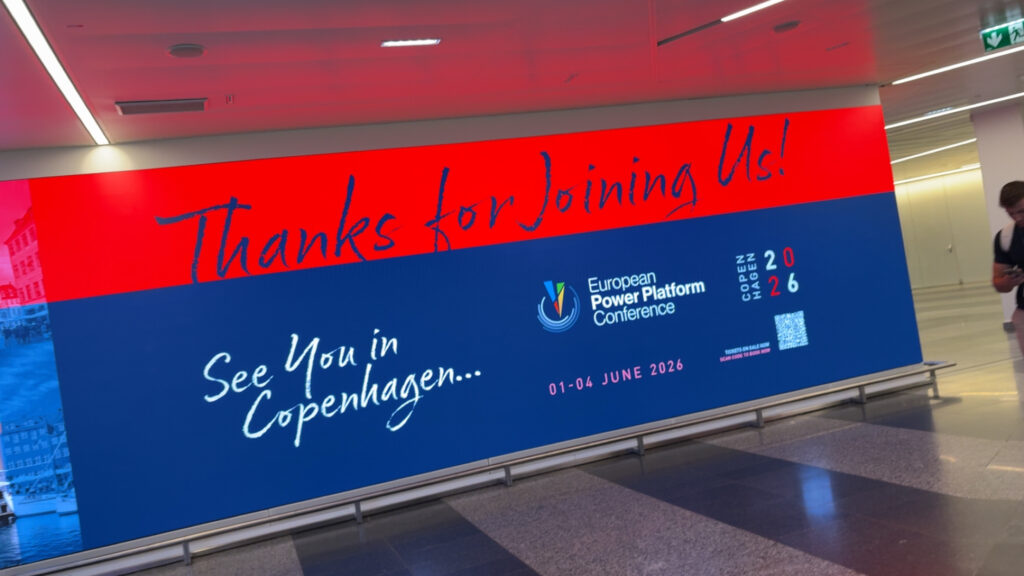
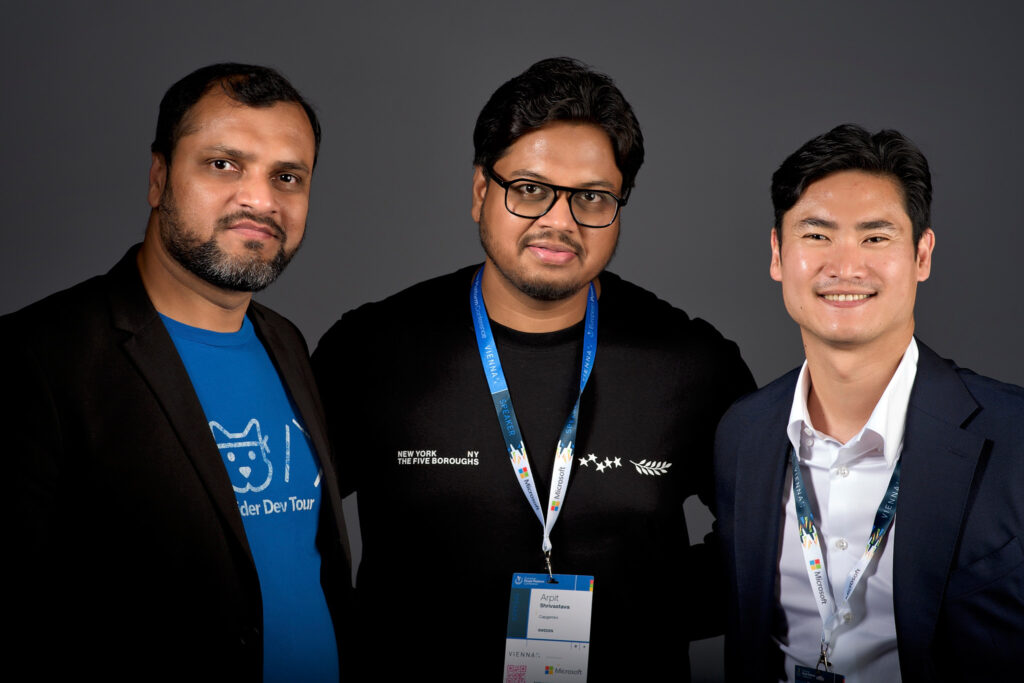
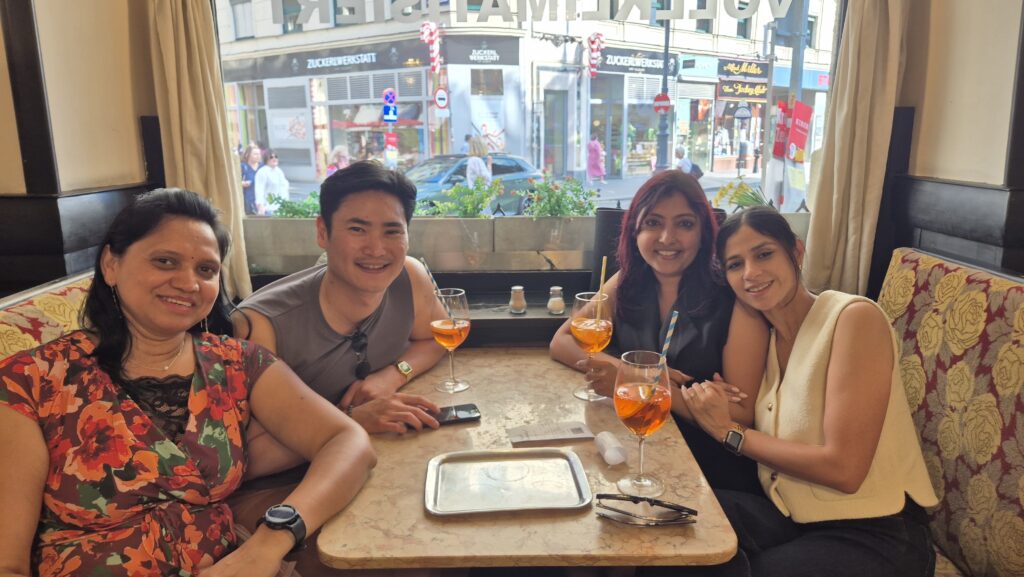
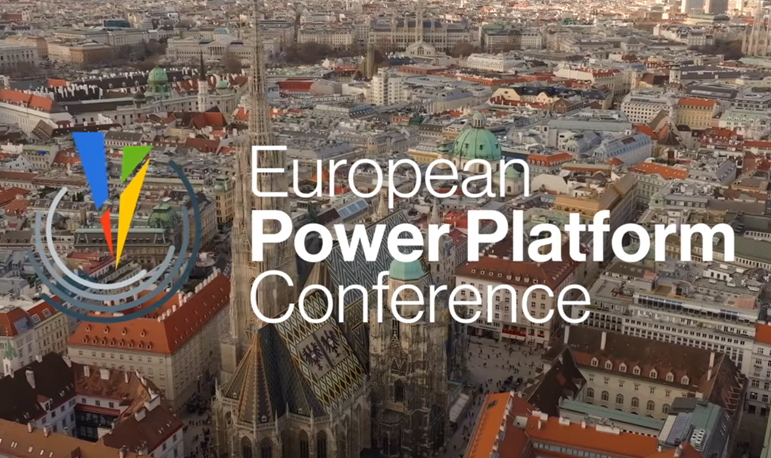
Leave a Reply